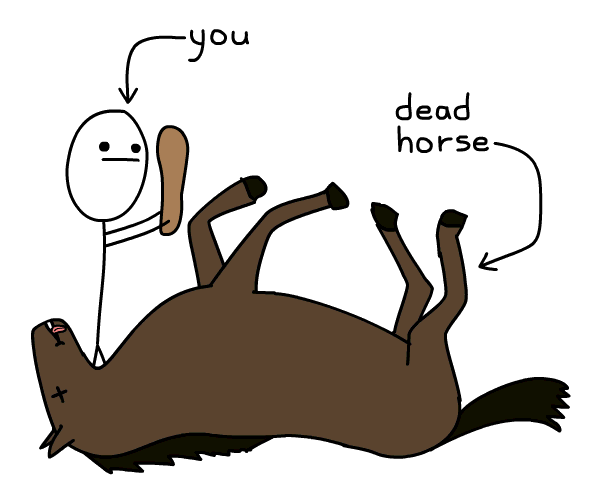I have no problem with length of messages, so you probably misunderstood my reference. Your message consisted IMO mostly of points related to issues not really pertinent to how I perceive OP's point.
For a reason you offered merely the vague notion that if this happens once, maybe something else is going on and AP has a legtimiate conservative reason to react. Yet at the same time you suggest driving 90+ mph while AP is off should not result in the same conclusion by the car. This makes no sense.
AP disengagement would take care of both single and repeated excesses in manual control or correction speed. In both cases the driver clearly is in control.
"Yet at the same time you suggest driving 90+ mph while AP is off should not result in the same conclusion by the car. This makes no sense."
It makes no sense because I didn't say it.
I didn't say it. I didn't suggest it. I didn't even think it.
I wasn't there when Oktane did his 90+. He says he had reason so without more data it wouldn't be prudent to cast judgement. Whatever he faced, it goes way beyond anything I've needed to do in nearly 50 years of driving.
Just keeping things correct, the car is incapable of complex thought. It merely executes code. It doesn't think, it doesn't conclude, it doesn't punish, it just executes the code. The car isn't the object here, it is the programming. The car cannot execute a choice unless that choice is set up in software. If Autopilot is engaged and 90MPH is exceeded, the software simply disables Autopilot until the car is put in Park. If the car exceeds 90 MPH and Autopilot isn't engaged, there is no reason for any action.
So I did not say it before but I will say it now, 90+ MPH should not result in the same action if Autopilot is not active.
Does it make sense now?
Look, we're spinning wheels here. If you want to quote me, that is fine but please get it right. If you don't like my take on things, that is fine too. It is my take, not yours. Please don't put your words in my mouth then tell me they don't make sense. That wastes my time and it confuses anyone attempting to follow the conversation.
I don't really care whether someone cannot use Autopilot for an hour or two after they tried to use it at over 90 MPH. I think it is interesting that they programmed that into it. I think it is amusing that people think they are being punished instead of trying to actually see why the code is written that way. I seldom if ever go over 90 so that removes me from the affected population. So if this is a life changing bugaboo for you, that is OK with me. If you don't choose to examine why they did it this way, then that's OK as well. I can tell you that I think it is unlikely it was done to punish anyone for speeding. So let's just leave it there.



